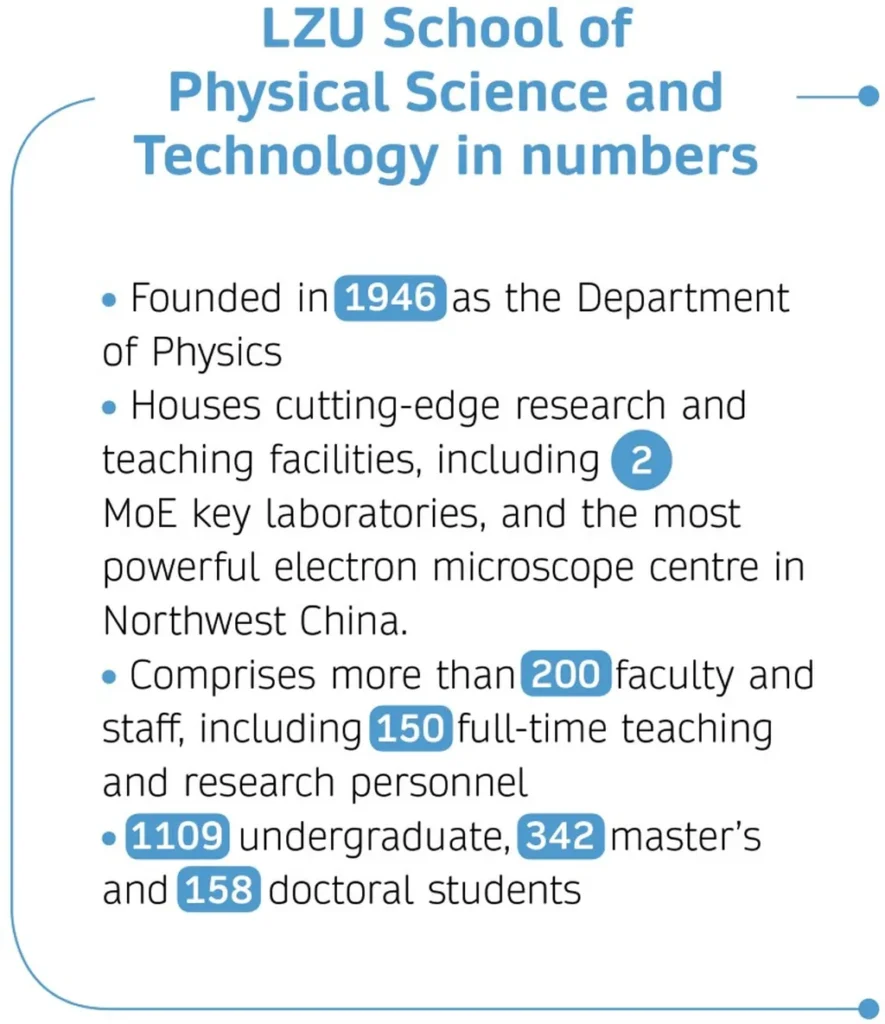In a breakthrough that could significantly enhance the precision of magnetic sensors used in the energy sector, researchers have uncovered a novel mechanism for reducing magnetic noise in metallic glass microwires (MGWs). The discovery, published in the journal *Materials Research Letters* (translated from Chinese as “Materials Research Letters”), could pave the way for more accurate and reliable giant magnetoimpedance (GMI) sensors, which are crucial for various industrial applications, including energy monitoring and management.
At the heart of this research is the behavior of magnetic domains in MGWs. Magnetic domains are regions within a magnetic material where the magnetization is uniform. The way these domains evolve and interact directly impacts the performance of GMI sensors, particularly their sensitivity and noise levels. However, the underlying mechanisms of domain magnetization and reversal in MGWs have remained elusive until now.
Led by Xintao Wei from the Key Laboratory of Magnetism and Magnetic Materials at Lanzhou University in China, the research team discovered a unique magnetic domain motion mechanism: the single-mode uniform magnetization of circumferential domains. This phenomenon occurs when increased atomic ordering within the MGWs promotes a more uniform alignment of magnetic moments, leading to the formation of circumferential magnetic domains. These domains suppress the reversal of axial domains, thereby lowering magnetic noise.
“We found that the uniform magnetization of circumferential domains plays a crucial role in minimizing magnetic noise,” explained Wei. “This discovery provides a new avenue for designing low-noise GMI sensors, which are essential for high-precision applications in the energy sector.”
The implications of this research are far-reaching. GMI sensors are widely used in various industries, including energy, where they play a vital role in monitoring and managing magnetic fields. By reducing magnetic noise, these sensors can offer more accurate and reliable measurements, leading to improved efficiency and safety in energy systems.
“We believe that this research will have a significant impact on the development of next-generation GMI sensors,” said Wei. “By understanding and controlling the magnetic domain behavior in MGWs, we can design sensors that are not only more precise but also more robust and reliable.”
The study also highlights the importance of fundamental research in materials science. By delving into the microscopic behavior of magnetic domains, researchers can uncover new mechanisms that have practical applications in various industries. This research not only advances our understanding of magnetic materials but also opens up new possibilities for technological innovation.
As the energy sector continues to evolve, the demand for high-precision sensors will only grow. The discovery of the single-mode uniform magnetization of circumferential domains in MGWs represents a significant step forward in meeting this demand. By providing a deeper understanding of the underlying mechanisms, this research lays the groundwork for the development of more advanced and efficient GMI sensors, ultimately benefiting the energy sector and beyond.
In the quest for more efficient and reliable energy systems, every advancement counts. This research is a testament to the power of fundamental science in driving technological progress and shaping the future of the energy sector.

